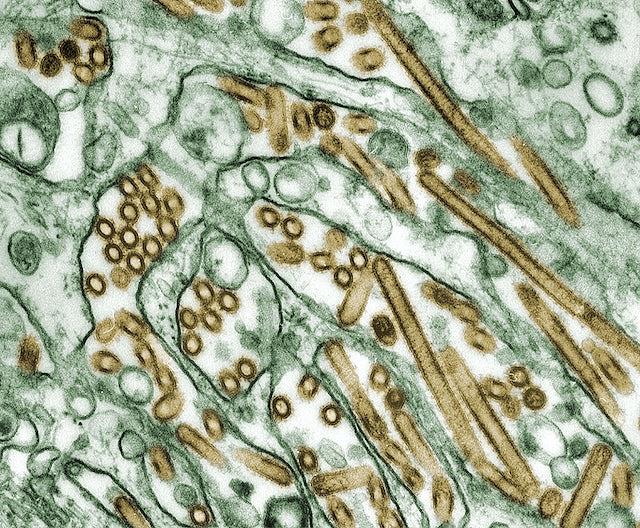-
-
Preventing the Next Pandemic
-
-
-
Lecture II.
-
-
-
Background
-
-
3.1 Background » Prevention toolkit
Dr. Meyers presents a pandemic-fighting toolkit with three instruments: (1) vaccines, (2) antiviral medicines, and (3) behaviors. Modern medicine has made our lives immensely safer and healthier with vaccines and antivirals. The first vaccine, against smallpox, was tested successfully in 1796 and quickly adopted around the world thereafter. While an annual influenza vaccine is standard practice for many people around the globe, this has only been possible (and effective) in the US since about 1945. Antivirals came a bit later, in the 1960s, developed primarily in response to herpes virus and are now are key elements in the successful treatment of HIV-infected patients.
During the worst influenza pandemic of recorded history, in 1918, there were no vaccines or antiviral medicines; patients were treated with quinine hydrochloride (typically an anti-parasitic drug used to treat malaria) and sodium salicylate (an aspirin-like analgesic). But people were aware of the disease-slowing benefits social distancing then. It was the only thing that saved lives in that pandemic.
VACCINES Vaccines consist of inactivated pathogens, non-infectuous closely related pathogens, or specific pathogen proteins that have no harmful activity on their own. Any one of these agents prompts the immune system to attack the invader, raising antibodies directed against various parts of the pathogen. The immune system stores the successful antibodies for future use. When the infectuous pathogen invades, the body "remembers" the previous attack, deploys the antibodies, and thus mounts a rapid and forceful defense against the pathogen. The priming that occurs during the vaccination is essential for the immune system to respond quickly enough to outpace the viruses own replication and transmission cycle.
ANTIVIRALS Antivirals stop the ability of the virus to infect or replicate in the host cells. They don't eliminate the infecting virus but they do stop its ability to reproduce or transmit to the next host. Viruses invade the cells of the host and coopt host cell proteins for viral replication. Successful antivirals target the viral proteins, leaving the host cell functions unaffected. The antiviral Tamiflu (oseltamivir), used against influenza, works against a protein on the virus surface, leaving the virus trapped inside the host cells and stopping it from spreading.
BEHAVIORS We learn a number of behaviors that serve as important tools in the fight against infectuous disease, including staying home when we're not feeling well, sneezing into a tissue (and getting rid of it), covering our mouth when we cough, washing our hands with soap. Behaviors can be self-imposed, like those just mentioned, or can come from authorities. For instance, closing schools in the midst of a measles outbreak is a behavioral intervention: by staying home (the behavior), we prevent spread of disease.

